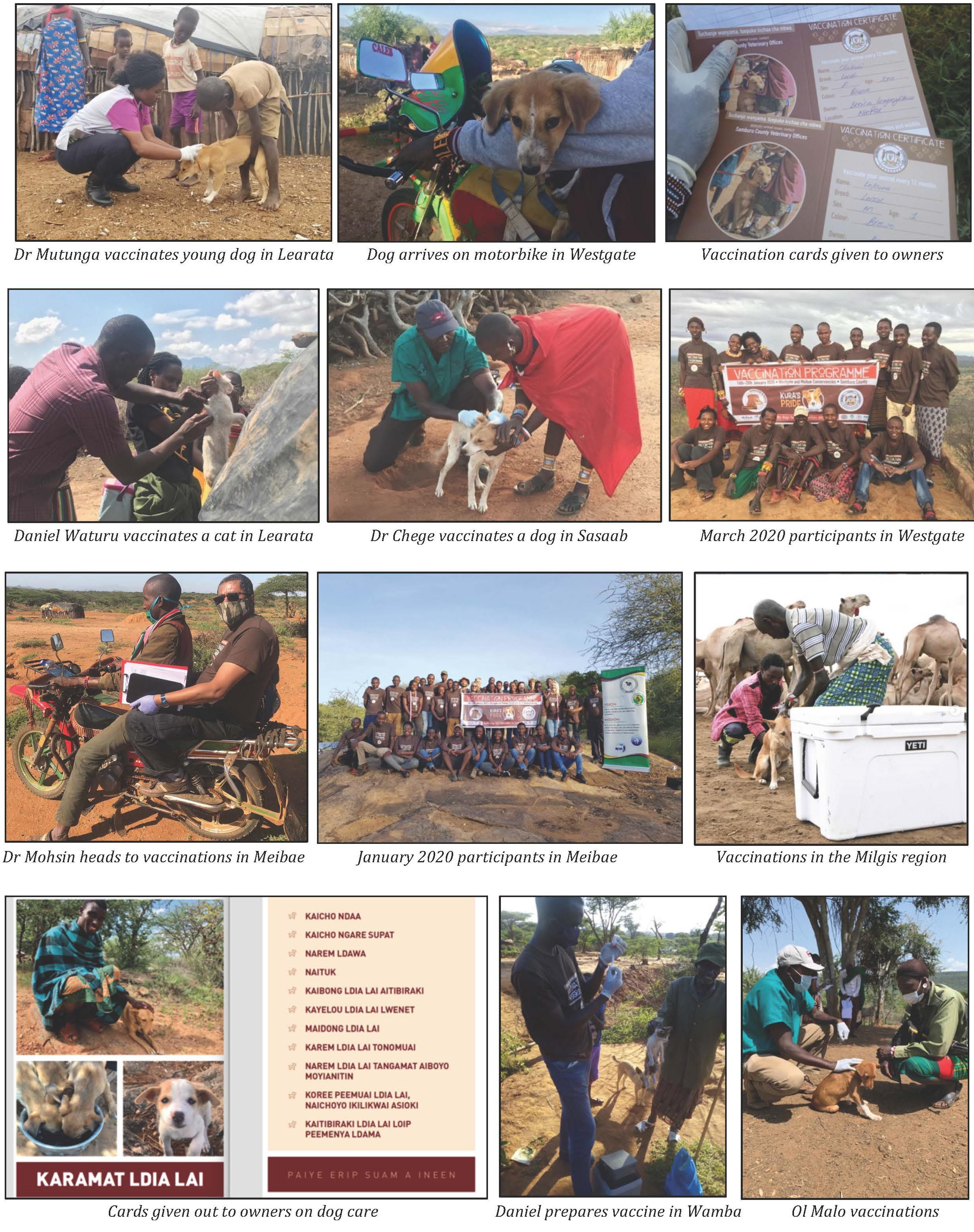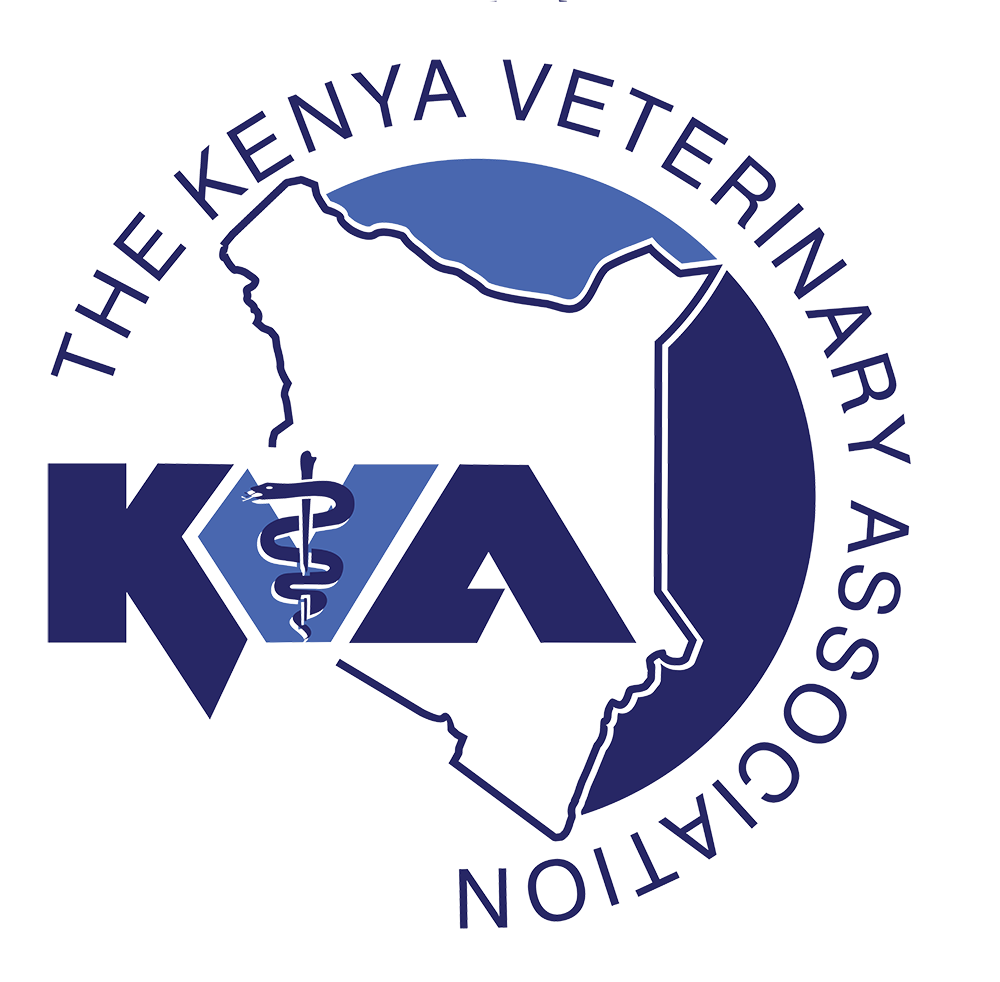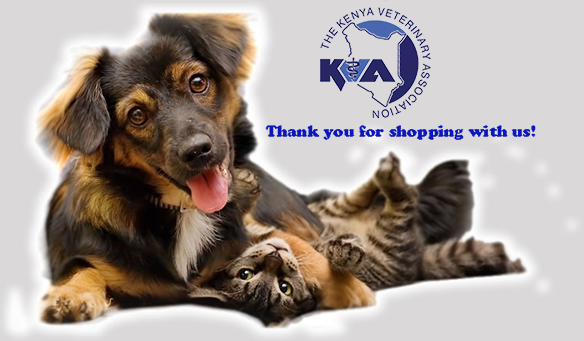Vaccination drive at Samburu county of Kenya by the KVA wildlife branch
Vaccination drive at Samburu county of Kenya by the KVA wildlife branch
EXECUTIVE SUMMARY
In 2019, several government and non-governmental organizations partnered to link efforts in disease reduction in domestic animals in the Samburu region. In 23 days, over 80 people assisted in the vaccination of 2,642 animals against deadly rabies and distemper viruses across a region spanning over 10,000 kilometers squared. Over 1,200 households benefited from the project to protect their families and the wildlife living in their communities’ against the spread of these diseases.
INTRODUCTION
Zoonotic diseases pose critical risk to human populations in both rural and urban environments. Infectious disease poses a critical extinction risk to several endangered wild carnivores. While northern Kenya was not selected as a priority region for the Government of Kenya in the first phase of a National Rabies Elimination Strategy, the Samburu County Department of Veterinary Services has a plan of vaccinating 5000 dogs annually and together with its partners, recognize the growing concern over disease risks in domestic dog, human and wildlife populations in the County. In previous years, several campaigns were randomly led by organisations working on behalf of or in collaboration with the County, but this is the first year that partnerships with private vets and conservation organisations linked to carry out joint campaigns aimed at filling gaps in vaccinations on a County range scale. Ongoing awareness drives and cross sectional sampling of domestic dogs will continue to evaluate the impact of the campaigns in controlling the spread of rabies and canine distemper in this region. This project can act as a model in other regions to eradicate the risk of uncontrolled spread of rabies and distemper by domestic animals.
IMPORTANCE OF VACCINATIONS FOR HUMANS
Kenya’s government adopted the “National Rabies Elimination Strategy 2014-2030” to eliminate rabies within its borders by 2030. Rabies is a viral illness affecting the central nervous system and is one of the world’s most threatening zoonotic diseases. Rural populations, especially children below 15
years, are at greatest risk of rabies exposure, with 98% of human rabies transmitted by dog bites. An estimated 2,000 human deaths due to rabies occur annually in Kenya [1]. Elimination of rabies is achievable through mass dog vaccination and awareness campaigns [2]. Annual regional vaccination of 70% of the domestic dog population can essentially wipe out the rabies risk to humans and wildlife in five years.
IMPORTANCE OF VACCINATIONS FOR WILDLIFE
While decreasing risk of human rabies, the vaccination of domestic dogs also reduces the risks to wildlife and other domestic stock. Although little research has been carried out on the role of wild carnivores in the sustenance and spread of rabies and distemper, observational reports (unpublished)
indicate that cases of dog bites are observed around wildlife habitats. Research indicates that the presence of rabies and distemper in domestic dog populations poses a serious threat to wild carnivores such as the critically endangered wild dogs [3]. Distemper outbreaks have led to rapid declines in wild dog numbers between 2017 and 2019. Many other wild carnivores are also impacted by rabies as well as by canine and feline distemper. Annual vaccination drives in Laikipia through the Laikipia Rabies Vaccination Campaign have been encouraging and inspired partners/conservationists/vets across the Ewaso Nyiro River to embark on vaccinations in Samburu County to work towards ensuring connectivity of vaccinations across county borders.
2019-2020 SUMMARY
The Samburu County Government Veterinary Services has a target of vaccinating 5000 dogs against rabies annually, as outlined in the Samburu County Integrated Development Plan. It was found to be crucial that planned vaccination campaigns include distemper in addition to rabies. Through collaborating with various partners, a total of 2642 animals (mainly dogs) were vaccinated against both rabies and distemper between 2019 and 2020. This was initiated following a Kenya Veterinary Association (Wildlife Branch) workshop bringing stakeholders and partners together in July 2019.
VACCINATIONS EFFORTS
The following table shows vaccination efforts to date between October 2019 and June 2020.
| Date | Conservancy/Location | Number of vaccinations |
| 24th & 25th October 2019 | Westgate & Kalama Conservancies | 330 |
| 17th, 18th, 19th January 2020 | Meibae Conservancy | 908 |
| 16th, 17th, 18th March 2020 | Westgate Conservancy | 437 |
| 27th & 28th May 2020 | Meibae Conservancy | 190 |
| 29th, 30th, 31st May 2020 | Wamba | 97 |
| 9th, 10th, 11th June 2020 | Sarara | 175 |
| 17th & 18th June 2020 | Archers Post/Lorubae | 173 |
| 19th, 20th, 21st June 2020 | Milgis | 132 |
| 24th & 25th June 2020 | Ol Malo (Laikipia) | 200 |
| TOTAL VACCINATIONS ADMINISTERED 2019-2020 | 2642 |
Details of each vaccination campaign and the vets involved is provided in the Appendices of the full report. In addition to vaccinating the animals, pamphlets and pledge cards were given to all animal owners on diseases and ways to improve dog welfare, along with annual vaccination certificates.
Note: On June 1st, 113 distemper vaccines and 150 rabies vaccines were donated to the Northern Kenya Veterinary Unit in Nanyuki for vaccinations around Nanyuki. On the 4th of June, 245 distemper vaccines and 200 rabies vaccines were donated to the KSPCA. All 3000 vaccines were donated by
partners.
IMPACT 2019-2020
The overall impact between 2019 and 2020 is as follows:
| A total of 2642 vaccinations administered |
2267 dogs vaccinated | 370 cats vaccinated |
| 5 donkeys vaccinated | Over 1210 households visited | 48 locations/settlements visited |
| 23 days of vaccinations across the landscape between Oct 2019 & June 2020 |
27 sterilizations in Meibae Conservancy in Jan 2020 |
49 participants gather at a workshop on dog management in 2019 |
PHOTO GALLERY

TESTIMONIALS
“My dog is healthy and very active at night compared to before the vaccination,”
– Mariamu, Westgate
“The vaccinations have prevented diseases such as rabies and have reduced spread of rabies from dog to
dog and to carnivores like hyenas that cause so many deaths due to biting people all over,”
– Letoole, Westgate
My dog is a herder as well as my home guard at night,”
– Rentunai, Westgate
CHALLENGES
The main challenges experienced between October 2019 and June 2020 was initially flooding that took place in October. This was followed by locust invasions in January that led to Westgate vaccinations being postponed. From March onwards, Covid-19 led to delays in the vaccination efforts. All Covid-19 safety protocols were followed in March, May and June vaccination campaigns. Lastly, data collection procedures continued to be a challenge in most vaccination efforts.
FUNDERS
We are very grateful to the following donors for their support in the vaccination work:
- Ewaso Lions Donors through the Wildlife Conservation Network
- Foundation for International Aid to Animals
- Oakland Zoo (in-kind donation of collars/leashes)
- Brian Khepri (in-kind support of all design work)
- Ol Malo Choppers
FUTURE PLANS
- To identify gaps of coverage and target those areas for new vaccinations (both rabies and
distemper) - To repeat rabies and distemper vaccinations on an annual basis for the next 4-5 years
- To collaborate with Isiolo and Laikipia counties to ensure connectivity of areas of vaccination
coverage - To convene a virtual meeting with all partners to discuss future vaccination work, progress to
date and encourage continued collaboration - To implement a data collection process that all partners can work with

